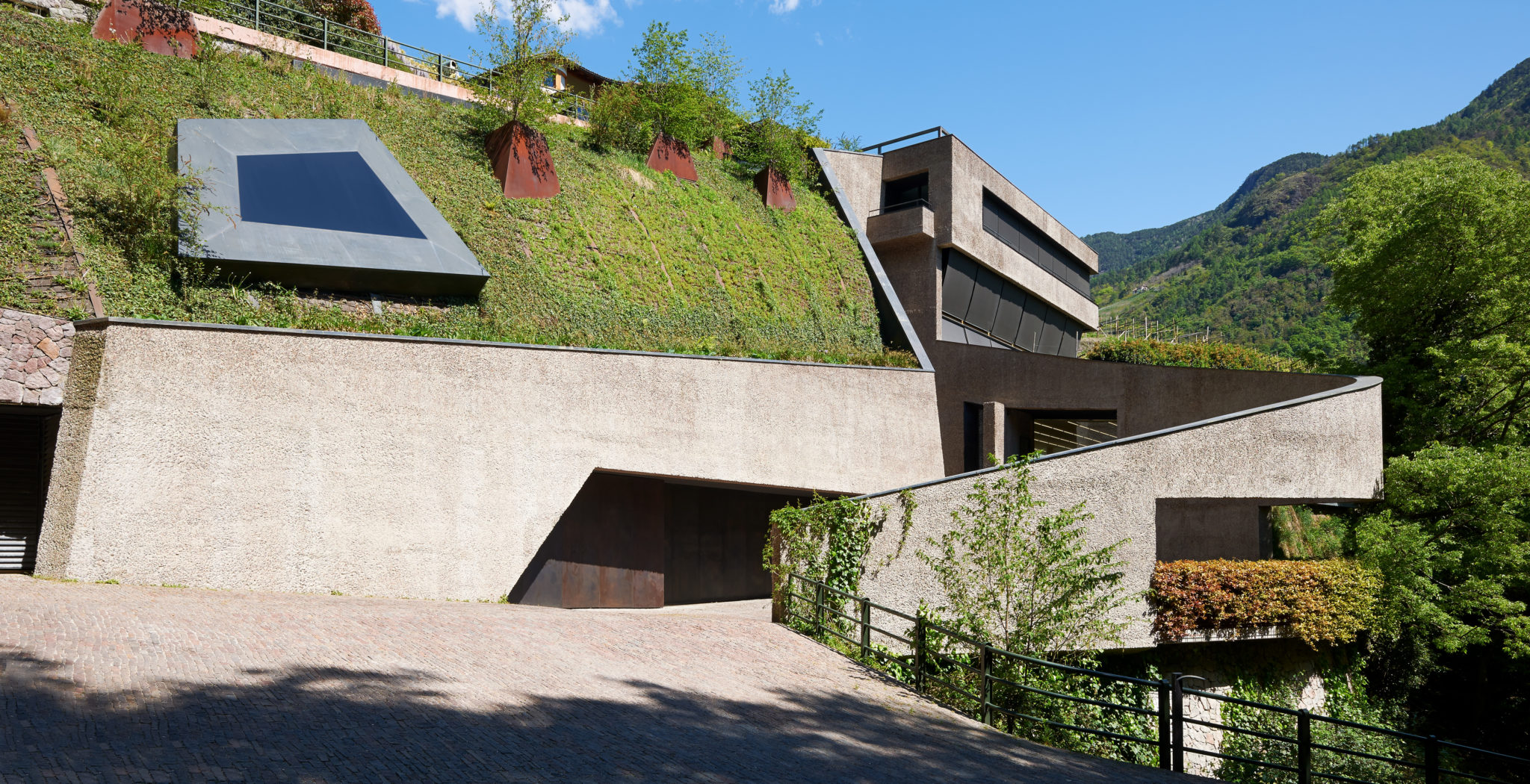Exhibitions and Shows in the City

Cultural Opportunities in Spring
Bolzano's cultural offerings have significantly expanded in recent years, with a growing number and quality of initiatives and events. On one hand, there are the programs of the theater seasons, the Haydn Orchestra, and various music and dance festivals. On the other hand, there are numerous exhibitions at the city's various museums and private collections covering art, history, social issues, and scientific themes.
In Bolzano's museum scene, alongside the South Tyrol Archaeological Museum, famous for housing "Ötzi," the Iceman, there is the Museion, the modern art museum, which hosts important exhibitions by international artists. Also notable is the Mercantile Museum in the 18th-century building of the ancient Magistrato Mercantile, established by Archduchess Claudia de' Medici in 1635, and the exhibition BZ '18-'45 in the basement of the Monument to Victory in the square of the same name, which explores the city’s history during fascism and nazism.
To enrich the cultural offer, there are also the Museum of the School in Via Rencio, focusing on the history of education and its relationship with the three linguistic groups of the area; the Ciné Museum in Via Johan Kravogl, which displays technological innovations and historical cinema equipment; and the Antonio Dalle Nogare Foundation, which until May 3 will present the exhibition "Emilio Prini Typewriter Drawings."
A newer addition is the Archimod Urban Space in Via Giotto, a prime example of urban regeneration, housing the new archive of the Province of Bolzano and projects, photographs, and models of public works completed in the area over the past thirty years.
The Fascinating World of Castles
Due to their historical and cultural importance, a special section must be dedicated to the city's castles. Strolling along the Talvera walks, one cannot fail to be enchanted by Castel Mareccio, surrounded by beautiful vineyards in the heart of the city center.
Built as a small fortress in Romanesque style in the 13th century, it has undergone several renovations and now presents itself as a Renaissance residence, hosting the city’s most important events.
Castel Roncolo, Castel Flavon, and Castel Firmiano are located on the slopes of the hills surrounding the Bolzano plain. The first, Castel Roncolo, is perched on a rocky outcrop at the entrance to the Sarentino Valley and is famous for having one of the most extensive cycles of secular frescoes from the medieval era. Three of the four walls of the Summer Hall depict scenes from the legend of Tristan and Isolde and a representation of King Arthur’s Round Table. Castel Flavon, probably built on the remains of a prehistoric Rhaetian hillfort, dates back to the early 13th century and is adorned with 16th-century frescoes. It now houses a renowned restaurant. Castel Firmiano, located on a porphyry rock outcrop west of the city, dominates the confluence of the Adige and Isarco rivers.
It is one of the largest and oldest castles in South Tyrol. The first written record of its existence dates back to 945 AD, when it was called "Formigar" from the Latin "formicaria." From 1027, it served as the seat of the administration of the Prince-Bishops of Trento and today hosts the Reinhold Messner Mountain Museum, which explores the relationship between humans and mountains.
Image: Fondazione Antonio Dalle Nogare, Courtesy Fondazione Antonio Dalle Nogare


